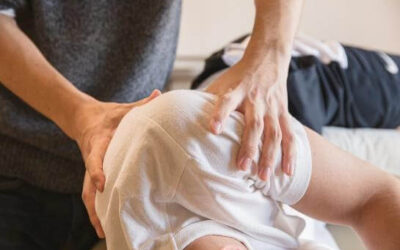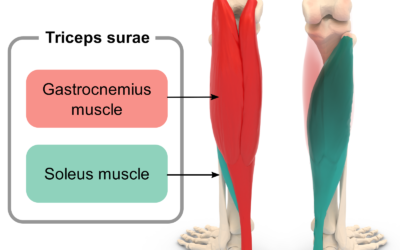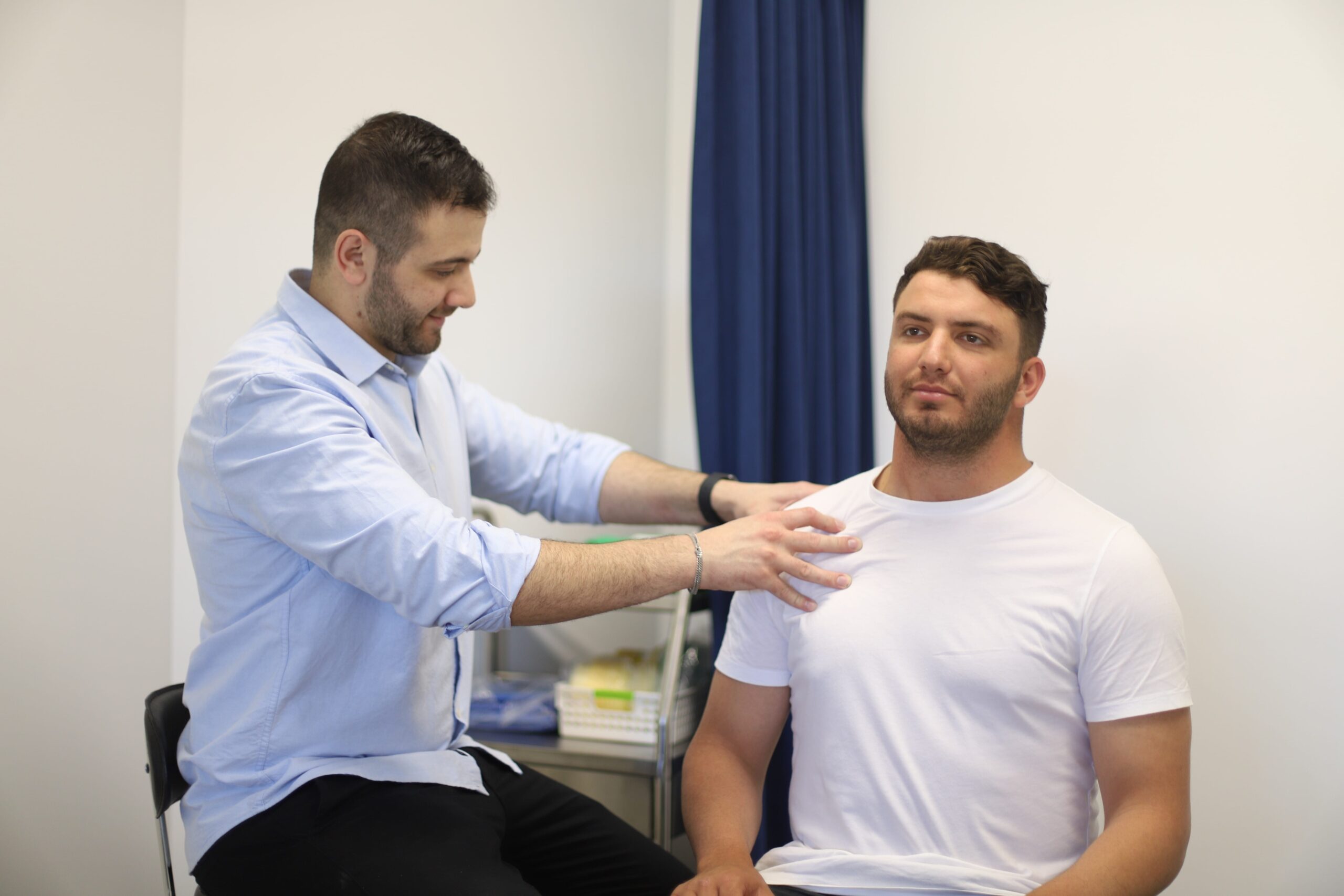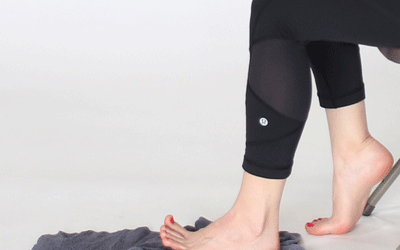
Hamstring tears are a common concern we see almost every day in athletes, gym goers and even regular people who do not train all that often.
A hamstring tear is basically a rip in the hamstring muscle. It causes sudden sharp pain in the back of the thigh. In some cases, there will be swelling and tenderness. A hamstring tear has a high recurrence rate because it is something we are not too conscious about when we are training. A 1/3 of hamstring injuries will reoccur usually within 2 weeks of returning to sport, which is why we always recommend seeking guidance and advice from a physio before jumping back onto the field, track or gym.
To return to your regular training or sport regime, you must first understand how a hamstring tear occurs – because we all know prevention is better than cure!
How does it occur?
A hamstring tear is caused when the knee is completely extended, and the hip flexed at the same time for example, kicking a ball at high speed and force.

In running and sprinting it is the moment right before your heel contacts the ground. Imagine stretching out your leg with intention of putting your heel down with confidence, only to not reach the ground – ouch!
To successfully repair a hamstring tear, we generally recommend gradual movement. We can also assess the strength and control of the legs and trunk to give us a further indication of what exercises, and program’s need to be prescribed.
For further assessment and tailored advice, contact us to make a booking.
Lauren N. Erickson, Marc A. Sherry. Rehabilitation and return to sport after hamstring strain injury. Journal of Sport and Health Science, Volume 6, Issue 3, 2017, Pages 262-270, ISSN 2095-2546, https://doi.org/10.1016/j.jshs.2017.04.001
Green B, Bourne MN, van Dyk N, et al. Recalibrating the risk of hamstring strain injury (HSI): A 2020 systematic review and meta-analysis of risk factors for index and recurrent hamstring strain injury in sport. British Journal of Sports Medicine 2020;54:1081-1088.
Brukner P. Hamstring injuries: prevention and treatment— an update. Br J Sports Med 2015;49:1241–1244. doi:10.1136/bjsports-2014-094427




